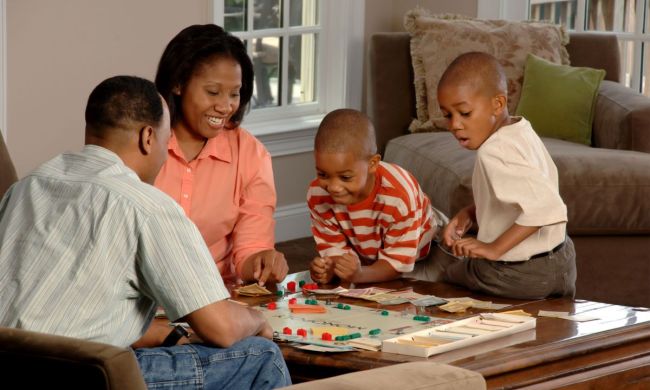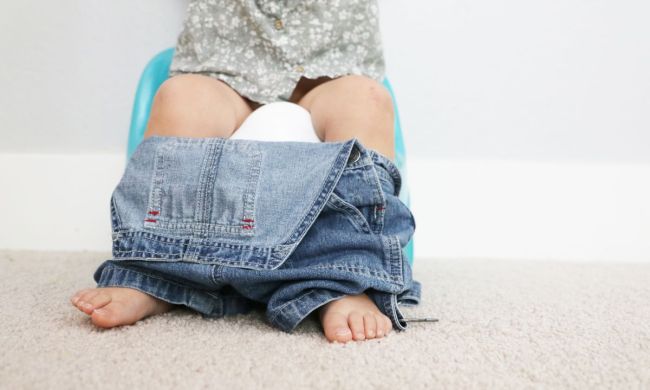At last, the winter’s chill has finally left. Now, it’s time for warm temperatures, outdoor play, and, of course, tackling the winter wardrobe storage. There are no worries about this chore consuming too much time. You can actually streamline the process by following these tips about organizing, preserving, and even paring down the family’s stockpile of winter clothing.

Sort out the outgrown clothing
To begin with, taking on the task of winter wardrobe storage gives you the best opportunity to pare down the contents of your closet. Also, the earlier you start, you’ll have a better chance of remembering which items your little ones have outgrown. Plus, this cuts down on time, space, and the number of items to store. Here are a few tips for this preliminary phase that relates to each age group in the family.
Tweens, teens, and adults
Older family members can determine what stays and what goes by setting a timeline for how often each piece was used. For instance, if an article of clothing hasn’t been worn in three weeks to a month during the winter season, then it’s time to donate it.
Also, at first glance, you, your spouse, and the kids (age 12 and up) can tell which items you or they simply want to donate. Moreover, for your teens and tweens, paring down the winter wardrobe also gives them a chance to pass on their gently used items to younger siblings, relatives, or friends.
Children 11 and younger
Your little ones’ closets could also use a reorganization. The simplest way to cull the clothing heap is to look at the tags on the back of shirts and pants. Chances are, your child will move up to the next size or two within a year. Also, you can have the kids try on any articles of clothing that are questionable. If the items feel or look snug, then they need to go. Here are some other tips for determining if the size is right or not:
- Holding arms out straight forward to see if the sleeves are too short
- Sitting down to see how high the hem of the pants climbs up
For the first test, if the sleeves fall more than half an inch above the wrist, the shirt will be entirely too small for next season. If the pants’ hem falls more than an inch above the ankle when sitting, your child is already outgrowing them.

Clean and mend
The next prepacking step is to get all pieces washed or dry cleaned. By avoiding the storage of soiled clothing, you won’t run the risk of stains setting in permanently. Furthermore, if an article of clothing has an odd odor to it, you’ll still need to wash it so that it doesn’t rub off on the rest. The same goes for hats, gloves, mittens, and scarves. In relation to coats, you would be better off getting them dry cleaned in order to retain their shape and thickness.
Once your items are clean, you can replace buttons or repair zippers on outerwear. If you know how to knit or crochet, then mending knitted items is the next step.
Location, location, location
Another important factor of winter wardrobe storage is the spot where you’re planning on keeping your items. When figuring out where to place winter clothing, you should opt for a space that is:
- Dry
- Climate-controlled
- Out of the way of direct heat or sunlight
As far as humidity goes, 30% to 50% is a decent range to aim for. If you have to use the basement, you can use a dehumidifier to control the humidity level if there are no major moisture issues.

Selecting winter-wardrobe storage containers
Next comes the easy part: Finding the best totes. Aside from providing protection for your threads, storage containers need to be easy to organize without taking up a lot of space. An ideal fallback is your luggage set. If you know that you won’t be traveling anytime soon, you can pack your winter wardrobe in suitcases. This option works out well because you won’t have to purchase new totes, and the luggage is already stored out of the way in a dry place that’s not exposed to the elements.
Other choices for containers include:
- A breathable garment bag for items that can be hung
- Cedar-lined chests
- Flat plastic storage bins that fit underneath the bed or are stackable
Also, mothballs, cloth sachets, and cedar chips or balls should be tucked into the container to ward off pests. And you might avoid packing the tote to the top as this prevents fabric from receiving necessary air circulation.
Reconsider vacuum-sealing
Naturally, vacuum-sealing has been the go-to option for saving space. However, you might need to rethink this practice because some items do not “survive” the process. Thus, you should avoid vacuum-sealing these materials:
- Leather or suede
- Down
- Natural fibers like cashmere and wool
The only other drawback to vacuum-sealing involves the clothing losing its shape and never regaining it completely. Therefore, you might steer clear from the sealing and opt instead for space-saving containers.
Winter-wardrobe storage doesn’t have to become a cumbersome chore, especially if you use this opportunity to donate clothing that your children have outgrown or don’t want. Plus, you give yourself more space for reorganizing closets and drawers. All in all, the chance to give back to the community while decluttering your home gives a win to everyone involved.



